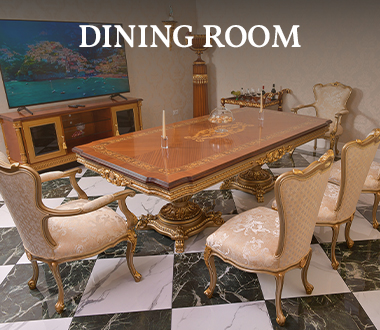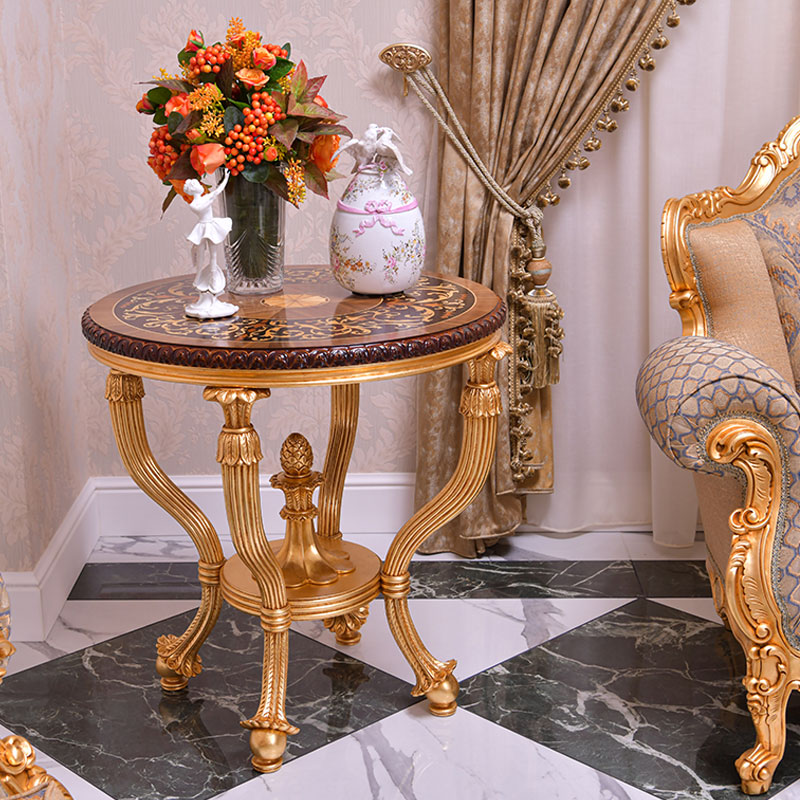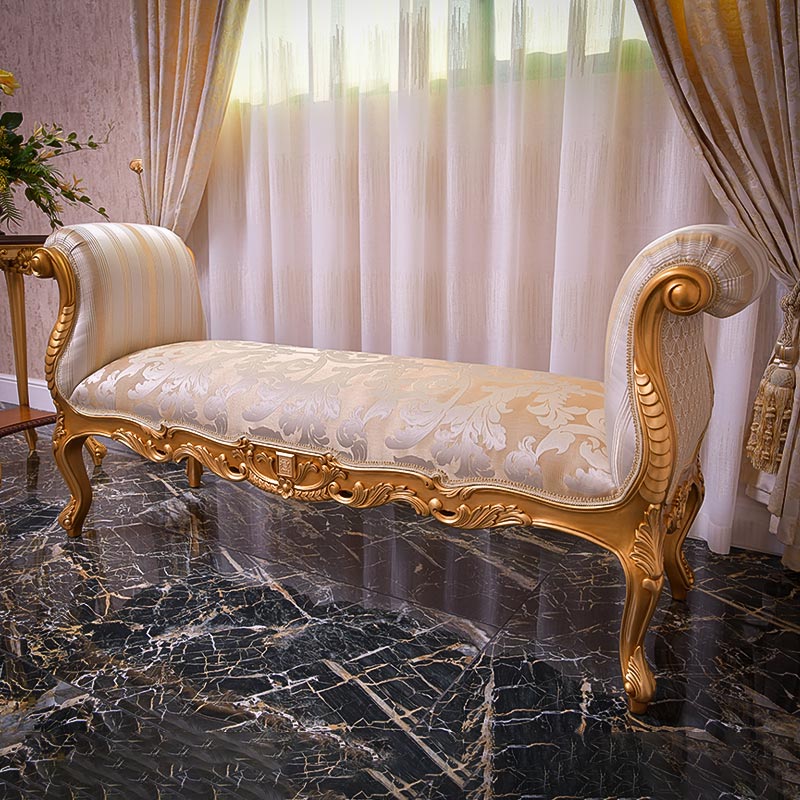The Art of Mixing
Binding Classic & Contemporary Furniture for a Timeless Home

The world of interior design is a dynamic and ever-changing field, marked by constant shifts in styles and trends. One notable and increasingly popular design approach is the fusion of traditional and modern furniture. This process requires the skill in seamlessly blending the two to form a space that feels both enduring and current. In this article, we’ll explore the art of mixing classic and contemporary furniture to craft a home that transcends trends and captures the essence of enduring style.
Decoding Classic and Contemporary Styles
Before embarking on the journey of mixing styles, it’s essential to comprehend the defining characteristics of classic and contemporary furniture. Classic pieces often feature timeless designs, elegant lines, and luxurious materials, drawing inspiration from historical periods. Conversely, contemporary furniture tends to prioritize sleek, clean lines and functionality over excessive ornamentation. The key to successfully combine these styles lies in allowing one to dominate the space. By establishing a dominant style, you can then strategically incorporate a few items from the other style.
Find a Focal Point
Every well-designed room requires a focal point. Select a distinctive element, be it a captivating vintage piece, a modern art installation, or a unique architectural feature, to serve as the focal point. This choice will anchor the room and establish a cohesive feel, introducing visual excitement and an unexpected element.
Choose a color Palette
Achieving cohesion in a space commences with the selection of a unified color palette. Opting for a neutral base offers versatility, while strategically introducing pops of color enhances visual interest. The choice lies with you.
However, experimenting with various colors and materials brings depth and interest to the space and will create a visually stimulating environment.
Balance is important
Achieving a delicate balance between classic and contemporary elements very important. In order to enhance the overall design, it’s crucial to integrate a diverse blend of shapes, textures, and sizes. When selecting traditional and modern pieces, ensure that one style doesn’t overpower the other. The result is a harmonious and well-balanced living space that seamlessly integrates the best of both worlds.
Harmony or Contrast?
When combining classic and modern, you have the choice to either create harmony or embrace contrast – both approaches are valid.
The decision between harmony and contrast will determine the overall look of your space; balance generates a calming effect, while contrast brings visual excitement. Don’t shy away from contrast; instead, leverage it to your advantage. Placing a sleek contemporary chair next to a traditional wooden bookshelf highlights the beauty of their differences, adding visual interest and allowing each piece to shine independently.
Pay attention to proportions
Achieving the right proportions in furnishings is crucial for how elements relate to each other in a space. Generally, oversized designs tend to work better than undersized ones.
When blending classic and contemporary furniture, it’s vital to ensure that the sizes and heights of the pieces harmonize with each other, cultivating a visual equilibrium throughout the entire composition.
Use Accessories Thoughtfully
Accessories bridge the gap between traditional and modern elements. Consider using accessories such as throw pillows, curtains, and artwork to add cohesion to your space. Accessorizing strategically, such as placing a modern lamp on a vintage side table or classic vases on a minimalist shelf, reinforces the seamless integration of different styles, showcasing a meticulous attention to detail.
Achieving mastery in combining classic and contemporary furniture demands a discerning eye for balance, a nuanced approach to color, and a willingness to embrace the beauty of contrast. The practice of mixing and matching traditional and modern furniture opens up endless possibilities for creative expression. In conclusion, the art of combining these styles can result in a stunning and personalized interior that defies conventional design boundaries. By following these tips and trusting your instincts, you can create a space that mirrors your unique style and personality while seamlessly blending the best of two worlds.




















